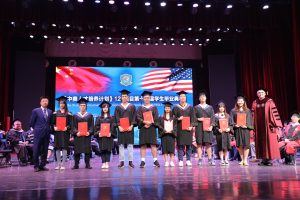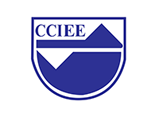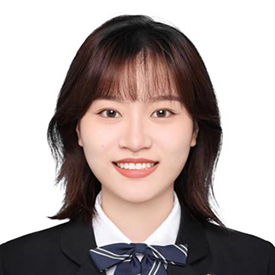Sino-US CHEPD 1+2+1 Program
The Sino-US CHEPD program is designed for undergraduate and graduate Chinese students to study at participating AASCU member institutions. The program is jointly administered by AASCU and the China Center for International Educational Exchanges (CCIEE). Students who complete the program receive two separate degrees from a US institution and their Chinese home institution.
Participate.
Sino-US 1+2+1 CHEPD program is the largest student mobility program between the US and China.
Under the platform of Sino-US Cooperation in Higher Education and Professional Development (CHEPD), with joint administration of the China Education Association for International Exchange (CEAIE) and the China Center for International Educational Exchange (CCIEE) in China, AASCU is proud to offer the Sino-American CHEPD 1+2+1 Program.
Since 2001, this program has provided the opportunity for Chinese students to spend up to two years at an AASCU institution to pursue undergraduate and graduate studies. Participants then receive two separate degrees from their Chinese home institution and their U.S. host institution.
The CHEPD 1+2+1 Program has become the largest and most successful program of its kind. Recognized by the Chinese Ministry of Education as a Program of Excellence, it is one of most important platforms for cooperation between Chinese and American universities.

Criteria to join.
- AASCU member
- Eligibility to grant J visas
- Institutions MUST offer ESL or bridge programs
- Identified designated campus coordinator
- Ability to host Chinese visiting scholars
How will you benefit?
- Opportunity to partner with an extensive range of Chinese institutions
- Support and network for developing robust academic exchange programs
- Teaching and research opportunities for faculty members
- Scholarship resources for US students
- Additional program development opportunities
impact
20+ years
Our program has built sustainable partnerships for over two decades.
182
Number of participating institutions – 38 AASCU members, 144 from Chinese partners.
6500
Number of students that have participated.
$400 M USD
U.S. campuses have received approximately $400 million in tuition, fees, room and board.
Program Structures and Types
Chinese students who pass the national entrance examination will complete their initial year of study in China. They will study in the US during their 2nd and 3rd years, then return to their Chinese home institution for the final year. After completing all the degree requirements, the student will receive two degrees from both US and Chinese institutions.
First-year graduate students are selected from Chinese universities to spend two or three academic semesters studying in an AASCU member university. They return to their Chinese universities for the final academic year. Qualified students will be granted diplomas and masters’ degrees from both Chinese and U.S. universities.
Students follow the regular 1+2+1 Program, i.e., the International Cohort Program students complete their freshmen year in Chinese university. In the second and third years of the program, students come to the United States to complete their sophomore and junior years at the US partner university. Students return to China to finish their senior year at Chinese university and graduate with two separate bachelor’s degrees from Chinese and American universities. All students participating in this program have already had their four-year curriculum mapped out, through articulation agreements between the two partner institutions.
Learn more about ICP.Students who are not interested in pursuing a degree in the United States, but are seeking study abroad experiences, can apply for the Youth Exchange Student program for one academic semester or one year through US partner institutions. YES students are allowed to transition to 1+2+1 Program degree-seeking status once they are on the US campuses.
CHEPD 1+2+1 Program Participating Institutions


Testimonials
Recent Program News
Our Partners

The China Center for International Education Exchange (CCIEE) is an independent legal entity established by China Educational Association for International Exchange (CEAIE), affiliated with the Ministry of education of China. Over the past thirty years, CCIEE has extensively conducted short- and long-term programs such as student exchange, study in China, teaching training, self-funded overseas-study. Aiming at promoting education exchange and cooperation between China and other countries, CCIEE insists on bringing in high-quality foreign educational resources, and facilitating China’s education to be internationalized and worldwide recognized.

Founded in 1981, the China Education Association for International Exchange (CEAIE) is China’s nationwide not-for-profit organization that conducts programs and activities that facilitate international educational exchanges and cooperation. CEAIE is fully committed to promoting the advancement of education, culture, science and technology; and strengthening understanding and friendship among the peoples of all countries and regions of the world.
Interested in participating in the
Sino-American CHEPD 1+2+1 program?
"*" indicates required fields
Questions about this program? Let us know.
"*" indicates required fields

